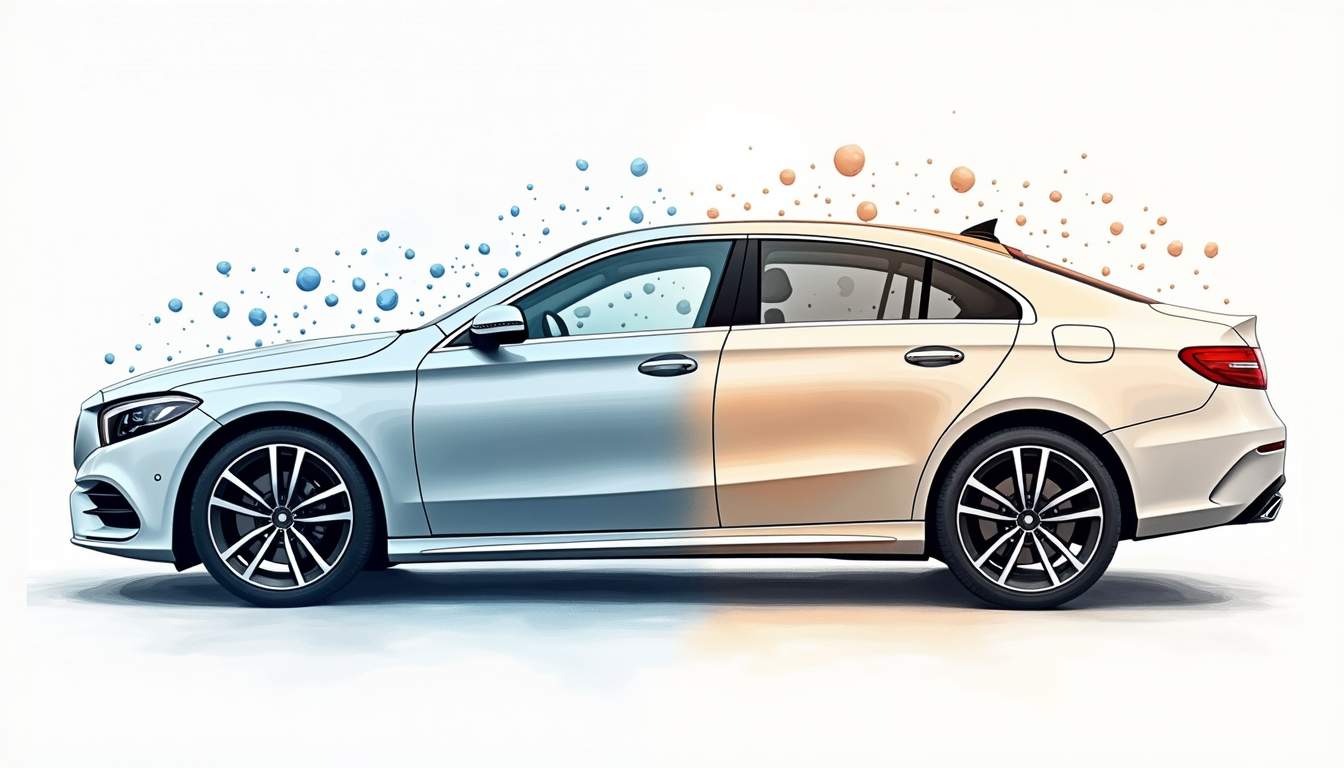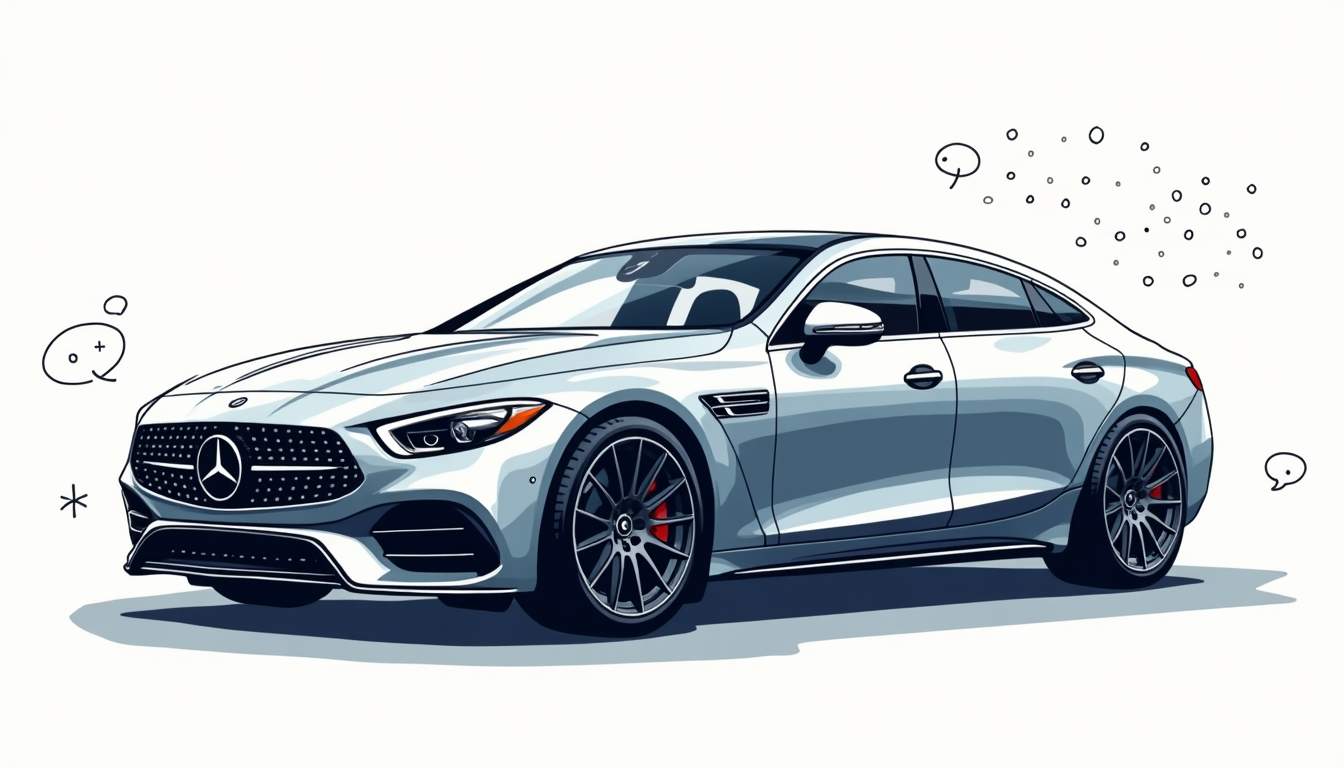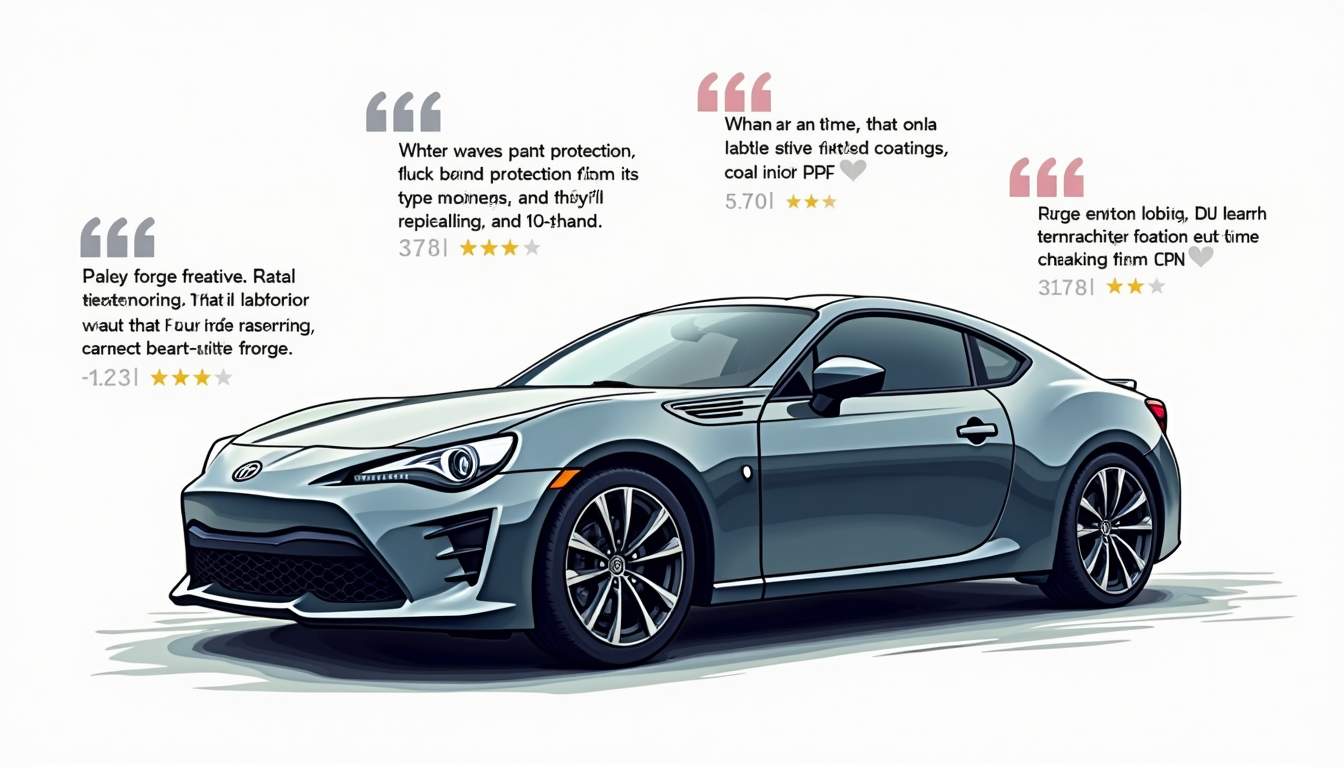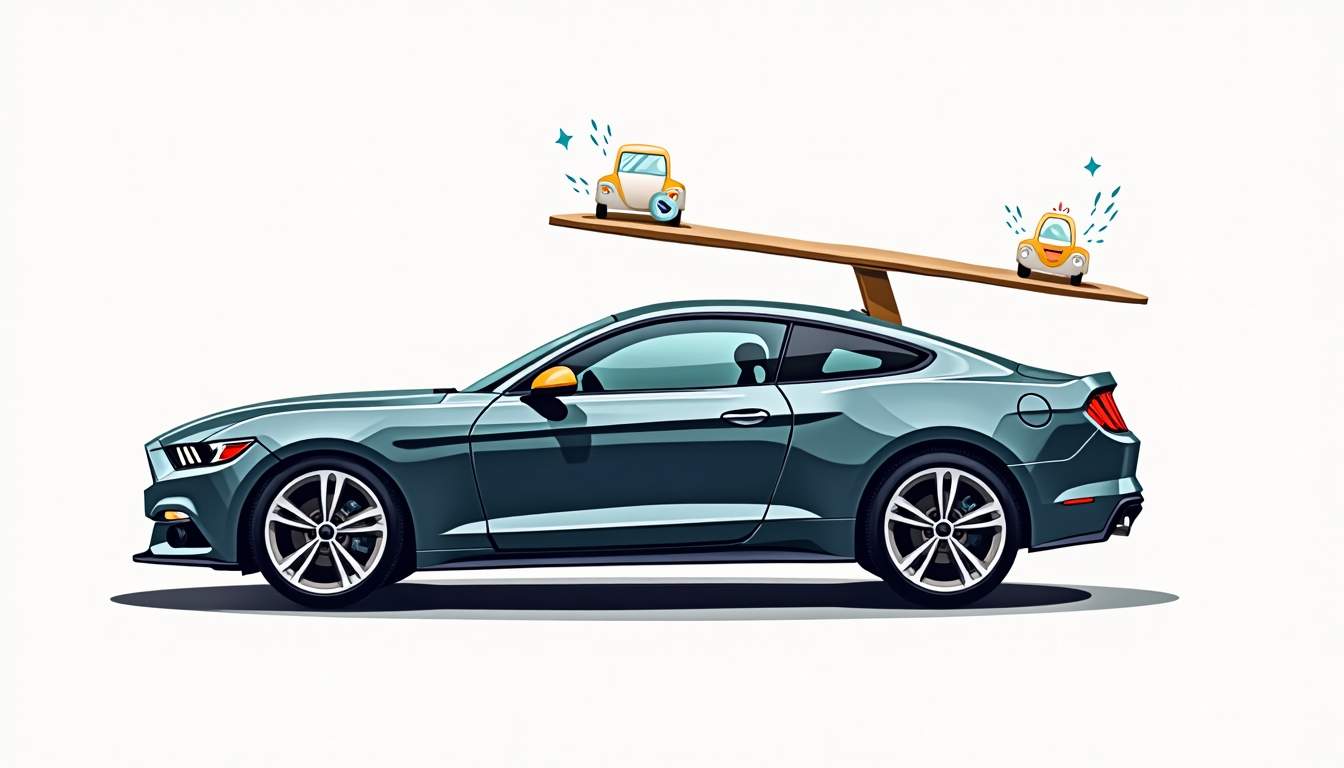
When it comes to protecting a vehicle’s paint, car enthusiasts and everyday drivers alike often find themselves navigating a maze of options. Among the most popular solutions are Paint Protection Film (PPF) and ceramic coatings. But what happens when these two are combined? Is applying a ceramic coating over PPF truly worth the investment? This article dives deep into the benefits, considerations, and overall value of layering ceramic coatings on top of PPF.
Understanding Paint Protection Film (PPF) and Ceramic Coatings
What Is Paint Protection Film?
Paint Protection Film, commonly referred to as PPF, is a clear, thermoplastic urethane film applied to a vehicle’s painted surfaces. Its primary function is to act as a physical barrier against rock chips, scratches, bug splatter, and other minor abrasions that can damage the paint. PPF is known for its durability and self-healing properties, where minor scratches can disappear with heat from the sun or an external heat source.
Unlike traditional waxes or sealants, PPF is a thick layer that physically absorbs impacts, protecting the underlying paint from direct damage. It is often applied to high-impact areas such as the front bumper, hood, fenders, side mirrors, and door edges, though some enthusiasts opt for full-body coverage. The installation process requires precision and expertise, as the film must be meticulously cut and applied to ensure a seamless finish. Many professional installers use advanced techniques and tools, including heat guns and squeegees, to achieve a flawless application that minimizes the risk of bubbles or imperfections.
Moreover, PPF is available in various finishes, including glossy and matte options, allowing vehicle owners to customize the look of their cars while providing protection. The film’s longevity can vary based on factors like environmental conditions and maintenance, but high-quality PPF can last up to a decade or more, making it a worthwhile investment for those who want to preserve their vehicle’s aesthetic appeal. To learn more about premium paint protection options, click here to visit OC Tint Solutions.
What Are Ceramic Coatings?
Ceramic coatings are liquid polymers that chemically bond with a vehicle’s paint, creating a semi-permanent or permanent protective layer. Unlike PPF, ceramic coatings do not provide a physical barrier against impacts but instead offer chemical resistance, hydrophobic properties, and enhanced gloss. They repel water, dirt, and contaminants, making the car easier to clean and maintain.
These coatings are prized for their ability to protect paint from UV rays, oxidation, and chemical stains. The hydrophobic effect causes water and grime to bead and slide off the surface, reducing the frequency and effort required for washing. Additionally, ceramic coatings can enhance the depth and clarity of the vehicle’s paint, giving it a showroom-like finish that many car enthusiasts desire. The application of ceramic coatings typically involves a multi-step process that includes thorough washing, decontaminating the surface, and applying the coating with precision. This meticulous approach ensures that the coating bonds effectively, providing long-lasting protection.
Furthermore, ceramic coatings can be layered for added protection, allowing for customization based on the owner’s preferences and the specific needs of the vehicle. While the initial investment for ceramic coatings may be higher than traditional waxes or sealants, their durability and low maintenance requirements often make them a more economical choice in the long run. As a result, many car owners are turning to ceramic coatings as a modern solution for maintaining their vehicle’s appearance and value over time.
Why Combine Ceramic Coating With PPF?
Enhancing Protection and Durability
While PPF is excellent at protecting against physical damage, it is not immune to environmental contaminants such as bird droppings, tree sap, or road salts. Over time, these substances can etch into the film or cause discoloration. Applying a ceramic coating over PPF adds an extra layer of chemical resistance, helping to preserve the film’s clarity and longevity.

Moreover, ceramic coatings can enhance the self-healing capabilities of PPF by reducing the accumulation of dirt and grime that might otherwise embed into the film’s surface. This synergy between PPF and ceramic coating can extend the life of the film and maintain the vehicle’s aesthetic appeal for longer periods.
Improved Appearance and Gloss
One of the most noticeable benefits of ceramic coating over PPF is the enhanced gloss and depth it imparts. PPF alone can sometimes have a slightly dull or matte finish depending on the film type, but a ceramic coating adds a rich, glossy shine that elevates the overall look of the vehicle.
This glossy finish not only makes the car stand out but also gives the paint a smoother feel, which contributes to easier cleaning and maintenance. For car owners who want their vehicles to look showroom-ready at all times, this combination is highly appealing.
Ease of Maintenance
Cleaning a vehicle with PPF alone can be somewhat challenging because dirt and contaminants may stick to the film’s surface. Ceramic coatings create a hydrophobic layer that repels water and dirt, making washing quicker and less labor-intensive.
With ceramic coating over PPF, contaminants are less likely to bond to the surface, reducing the risk of staining or etching. This means fewer washes, less aggressive cleaning methods, and a lower likelihood of swirl marks or micro-scratches during maintenance.
Considerations Before Applying Ceramic Coating Over PPF
Cost Implications
One of the first questions many vehicle owners ask is about the cost. Both PPF and ceramic coatings are premium products with professional installation fees. When combined, the overall investment can be significant.
PPF installation can range from a few hundred to several thousand dollars depending on the coverage area and film quality. Ceramic coating application also varies in price based on the product used and the level of prep work required. Applying ceramic coating over PPF adds to the total cost but can be justified by the extended protection and reduced maintenance expenses over time.
Compatibility and Application Process
Not all ceramic coatings are formulated to bond effectively with PPF. It’s crucial to select a coating specifically designed or tested for application over paint protection films. Using incompatible products can lead to poor adhesion, reduced durability, or even damage to the film.
The application process also requires expertise. The PPF surface must be thoroughly cleaned and free of any residues before coating. Some installers recommend waiting a few days after PPF installation to allow the film to settle before applying ceramic coating. Professional application ensures optimal bonding and performance.
Longevity and Maintenance Expectations
While ceramic coatings can last several years, their lifespan depends on factors such as product quality, environmental exposure, and maintenance routines. When applied over PPF, the coating’s longevity may be influenced by the film’s condition and wear.
It’s important to maintain the coated surface properly, including regular washing with pH-neutral shampoos and avoiding abrasive cleaning tools. Neglecting maintenance can reduce the effectiveness of both the PPF and ceramic coating, diminishing the overall protection.
Real-World Benefits: What Do Users Say?
Protection Against Environmental Hazards
Many vehicle owners who have combined ceramic coating with PPF report a noticeable improvement in resistance to environmental hazards. Bird droppings, bug splatter, and road grime are easier to remove, and the risk of staining or etching is significantly reduced.

Some users have also observed that the ceramic coating helps prevent yellowing or discoloration of the PPF, a common issue with prolonged sun exposure. This keeps the vehicle looking newer for longer and preserves resale value.
Enhanced Aesthetics and Satisfaction
Car enthusiasts often praise the deep, glossy finish that ceramic coating imparts over PPF. The enhanced shine brings out the richness of the paint beneath the film, creating a visually stunning effect that turns heads.
Additionally, the smooth surface created by the coating makes the vehicle feel premium to the touch, contributing to overall satisfaction with the investment.
Reduced Cleaning Time and Effort
One of the most practical benefits noted by users is the reduction in cleaning time. The hydrophobic properties of ceramic coatings mean that water beads off quickly, carrying dirt and debris with it. This makes routine washes faster and less labor-intensive.
For busy individuals or those who prefer to keep their vehicles spotless with minimal effort, the combination of PPF and ceramic coating offers a compelling advantage.
Is Ceramic Coating Over PPF Right for You?
Assessing Your Vehicle Use and Environment
Deciding whether to invest in ceramic coating over PPF depends largely on how and where the vehicle is used. Drivers who frequently encounter harsh road conditions, gravel, or debris benefit greatly from PPF’s physical protection. Adding ceramic coating enhances this protection and simplifies maintenance.
Conversely, vehicles primarily driven in urban or mild environments may not require the added expense, though the aesthetic and maintenance benefits can still be appealing.
Budget and Long-Term Value
While the upfront cost can be considerable, many owners find the long-term value justifies the investment. Reduced repair costs from paint damage, less frequent detailing, and higher resale value contribute to cost-effectiveness over time.
Those on a tighter budget might consider applying ceramic coating only to unprotected areas or opting for a high-quality wax or sealant as a more affordable alternative.
Professional Installation Matters
To maximize the benefits of ceramic coating over PPF, professional installation is highly recommended. Experienced installers ensure proper surface preparation, product selection, and application technique, which directly impact the coating’s performance and durability.
DIY kits exist but carry risks of improper application, uneven coverage, or damage to the PPF. For peace of mind and optimal results, entrusting the job to professionals is the safer choice.
Conclusion
Combining ceramic coating with Paint Protection Film offers a powerful one-two punch in vehicle protection. PPF guards against physical damage, while ceramic coating enhances chemical resistance, appearance, and ease of maintenance. Together, they create a durable, glossy, and low-maintenance surface that keeps vehicles looking their best for years.

However, this combination is not without its costs and considerations. The investment is significant, and success depends on selecting compatible products and professional application. For those who prioritize long-term protection, aesthetics, and convenience, ceramic coating over PPF is a worthwhile investment.
Ultimately, the decision comes down to individual needs, driving habits, and budget. Understanding the benefits and limitations of both PPF and ceramic coatings helps vehicle owners make informed choices that protect their prized possessions while enhancing their driving experience.

